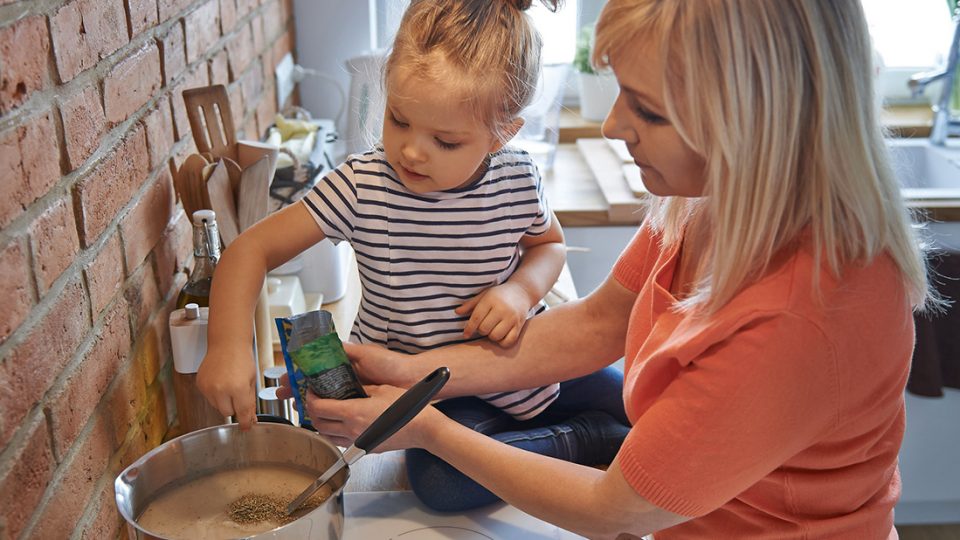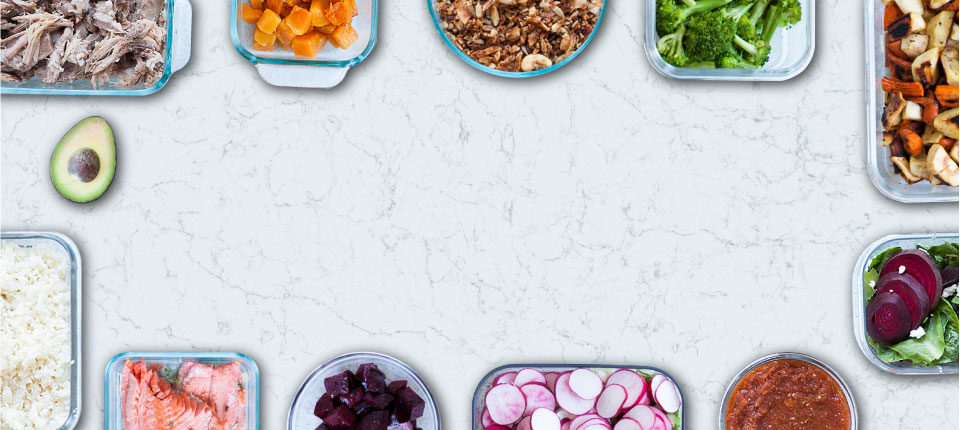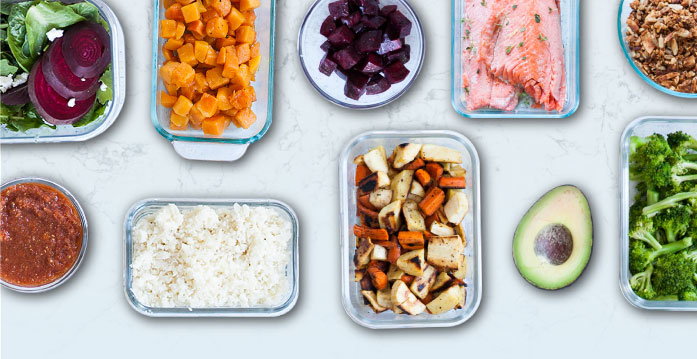Noticed how there’s an ever increasing number of children with learning disabilities like autism and ADD/ADHD? How about a rise in depression? These conditions often are accompanied by health issues such as eczema, allergies, and digestive problems. Of the many healing diets out there, GAPS (Gut And Psychology Syndrome) diet has become a resource for many. While GAPS diet recipes help to resolve tummy troubles, they can also improve psychological issues.
Creator of the GAPS diet, neurologist, and nutritionist – Dr. Natasha Campbell-McBride understood how little conventional medicine could help her son when he was diagnosed with learning disabilities. She turned to the gut for solutions and outlines her approach in the book, Gut and Psychology Syndrome.
A healthy gut, a healthy brain
A healthy gut is lined with beneficial bacteria that provide a barrier between the outside world (food and drink) and the inside of our bodies. Those bacteria protect against pathogenic microbes, undigested food, toxins, and parasites. They also digest food, create nourishment for the gut lining, synthesize vitamins, and help transport beneficial nutrients through the gut wall.
When the lining of beneficial bacteria is damaged, various microbes and substances can harm the gut wall and create chronic inflammation. What’s more, some opportunistic microbes can thrive and stir up all sorts of health problems, such as yeast overgrowth.
If you didn’t already know, there are more similarities between your gut and your brain than you might imagine.
For example, nerve cells (like those in the brain) populate the lining of your gut. The gut makes most of your body’s serotonin, a feel-good brain chemical associated with joy and buoyancy. And microbes living along the gut wall literally synthesize brain chemicals, like GABA – which tells your body to peace out. While nearly 80% of your immune system is found within the gut, your brain has its own specialized immune cells that are extremely sensitive to inflammatory signals. And these systems – the gut and the brain – talk to each other.
Bottom line: When one is sick, the other feels its pain. If you’ve got tummy troubles, you may also struggle with depression or anxiety. And if you suffer from frequent migraines (hello, inflammation) – you may see a change in your digestion.
How do GAPS diet recipes treat these issues?
In order to restore balance, the GAPS diet encourages you to heal your gut using food and supplements. This diet is transitional and temporary – once you restore balance, you can begin adding in foods you initially got rid of.
GAPS diet recipes limits starch in order to starve opportunistic microbes. This includes starchy veggies, legumes, and grains. Between taking a high quality probiotic and eating fermented foods, beneficial bacteria will have the chance to take root on the wall of the damaged intestines.
The diet is divided into three sections – intro, full GAPS, and transitional. For a full selection of GAPS diet recipes, click here.
GAPS introduction diet
The introductory diet walks you through six stages. It starts with soups made of meat, bones, and vegetables. While the GAPS diet does not necessarily need to start meat broth and sauerkraut juice, many folks resolve persistent health issues by doing the introductory diet. The length of time spent at the intro stage is individual, dependent on each person’s unique health issues.
Get the GAPS introduction food list here.
Full GAPS diet
The full GAPS diet allows a broader range of foods than the introductory diet. In lieu of an individual’s allergies or sensitivities, the full GAPS diet allows: meat and fish, nuts and seeds, eggs, non-starchy vegetables, honey, fresh very ripe fruit, butter, virgin cold pressed vegetable oils, animal fat, fermented dairy.
The full GAPS diet does not allow: most sweeteners (agave syrup, aspartame, sugar, corn syrup, dextrose, fructose, lactose, molasses, saccharin), potatoes and yams, all grains (including quinoa, amaranth and buckwheat), beer, carob and chocolate, canned fruit and vegetables, processed oils, milk and cream, soy (in any form).
Get the full GAPS food list here.
Transitional GAPS diet
After digestion has been normal for at least six months on the full GAPS diet, you can slowly add in new foods. Only add in one new food at a time and wait two or three days to make sure you can safely eat it. While you may be able to once again eat unprocessed foods, it’s best to forever avoid those with artificial flavorings, preservatives, and colors.
Supplementation
Dr. Campbell-McBride recommends supplements to speed the healing process. This includes quality probiotics, cod liver oil, digestive enzymes, and an omega-3 fat source. She does not recommend supplementing with vitamins or minerals, but to concentrate on quality GAPS friendly food.


